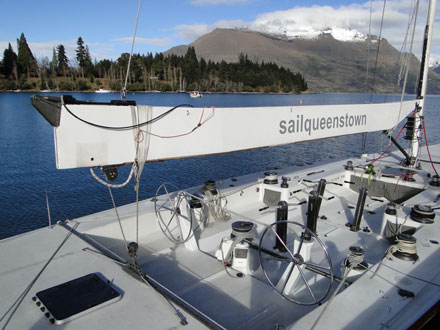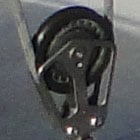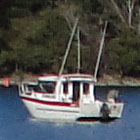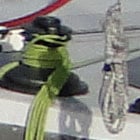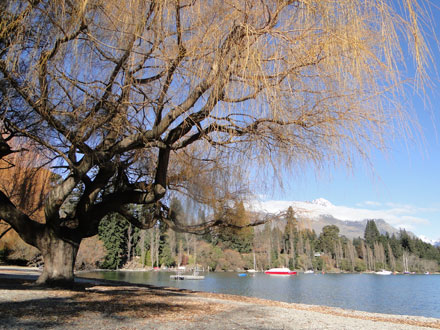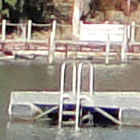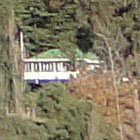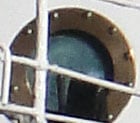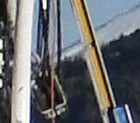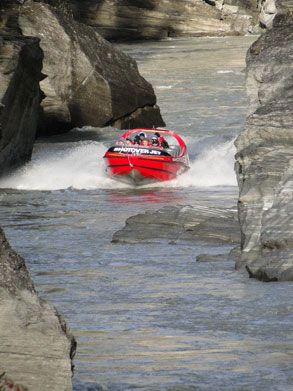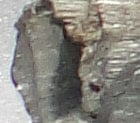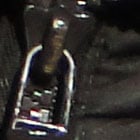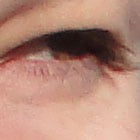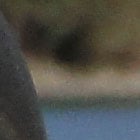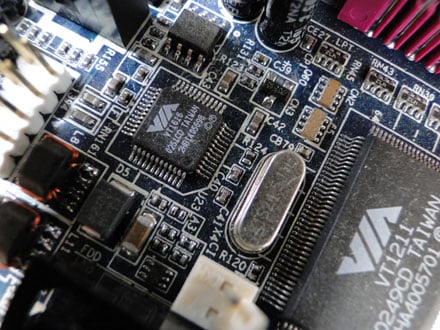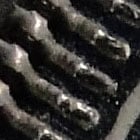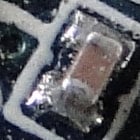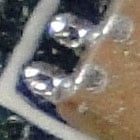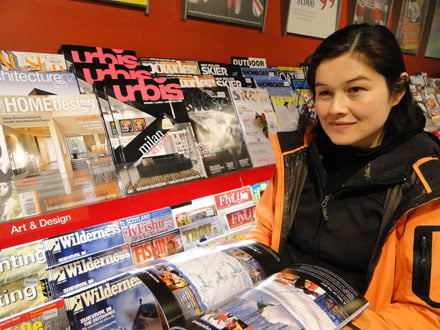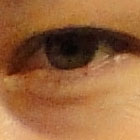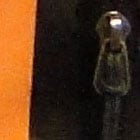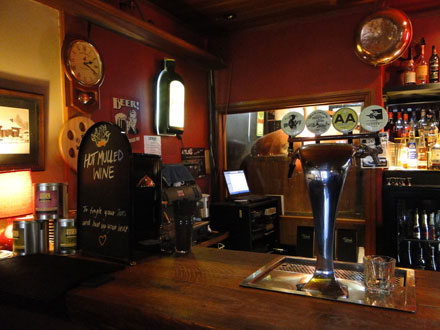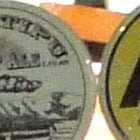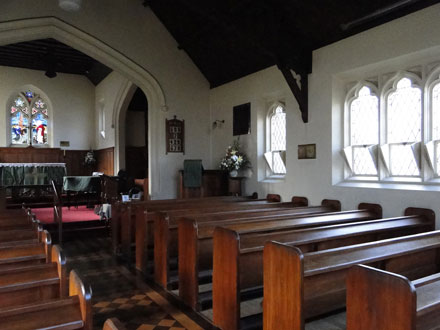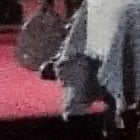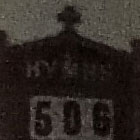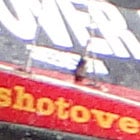Sony Cyber-shot DSC-HX1
-
-
Written by Gordon Laing
Sony Cyber-shot DSC-HX1 Gallery
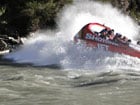 |
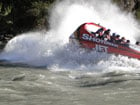 |
 |
 |
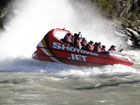 | ||||
 |
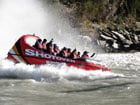 |
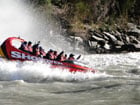 |
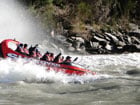 |
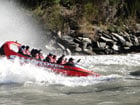 |
Landscape: 3.07MB, Sweep Panorama, 1/640, f5.6, 125 ISO, 5-100mm at 5mm (28mm equivalent)
Another unique feature of the Sony HX1 is its Sweep Panorama mode which can grab a series of images as you turn the camera and automatically stitch them into a wide panoramic image. Here’s an example, showing a 180 degree sweep atop the Skyline Gondola balcony where we take our real-life resolution test photos.
It’s a doddle to create these images, with the camera guiding you through the sweep, and automatically making up for any wobbles as it stitches them together. Inevitably, there’s some imperfections: studying the image at 100% reveals some areas with ghostly duplications, such as the road in the middle crop and the telescope on the right, but it still remains a fun and useful facility, that’s capable of impressive results with ease.
 | ||||
 |
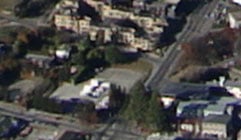 |
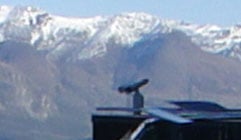 | ||
The following images were taken with a Sony Cyber-shot DSC-HX1. The Cyber-shot HX1 was set to its best quality 9M mode with Auto White Balance, Multi metering and the Normal Colour mode; DRO, NR, Saturation, Contrast and Sharpness were set to their default Standard options. SteadyShot Stabilisation was enabled for all these handheld shots.
The individual exposure mode, file sizes, shutter speeds, aperture, ISO and lens focal length are listed for each image.
The crops are taken from the original files, reproduced at 100% and saved in Adobe Photoshop CS4 as JPEGs with the default Very High quality preset, while the resized images were made in Photoshop CS4 and saved with the default High quality preset. The three crops are typically taken from far left, central and far right portions of each image.
Note: you may wish to open a number of galleries for direct comparison of detail and noise: Canon PowerShot SX1 IS Sample Images, Canon PowerShot SX10 IS Sample Images, Panasonic Lumix FZ28 Sample Images and Nikon CoolPIX P90 Sample Images.
Landscape: 3.87MB, Program, 1/1250, f4, 125 ISO, 5-100mm at 5mm (28mm equivalent)
Landscape: 3.95MB, Program, 1/640, f4, 125 ISO, 5-100mm at 5mm (28mm equivalent)
Landscape: 3.63MB, Program, 1/2000, f5.6, 200 ISO, 5-100mm at 20mm (112mm equivalent)
Action: 3.28MB, Program, 1/125, f5.2, 125 ISO, 5-100mm at 100mm (560mm equivalent)
Portrait: 3.43MB, Aperture Priority, 1/2000, f4, 200 ISO, 5-100mm at 20mm (112mm equivalent)
Macro: 3.95MB, Program, 1/13, f2.8, 400 ISO, 5-100mm at 5mm (28mm equivalent)
Indoor: 3.89MB, Program, 1/80, f2.8, 400 ISO, 5-100mm at 5mm (28mm equivalent)
Indoor: 3.95MB, Program, 1/13, f2.8, 800 ISO, 5-100mm at 5mm (28mm equivalent)
Indoor: 3.82MB, Program, 1/50, f2.8, 1600 ISO, 5-100mm at 5mm (28mm equivalent)
Action: 3.92MB, Shutter Priority, 1/500, f4.5, 125 ISO, 5-100mm at 37mm (207mm equivalent)
| ||||||||||||||||||||||||||||||||||||||||||||||||||||||||||||||||||||||||||||||||||||||||||||||||||||||||||||||||||||||||||||||||||||||||||||||||||||||||||||||||||||||||||||||||||||||||||
